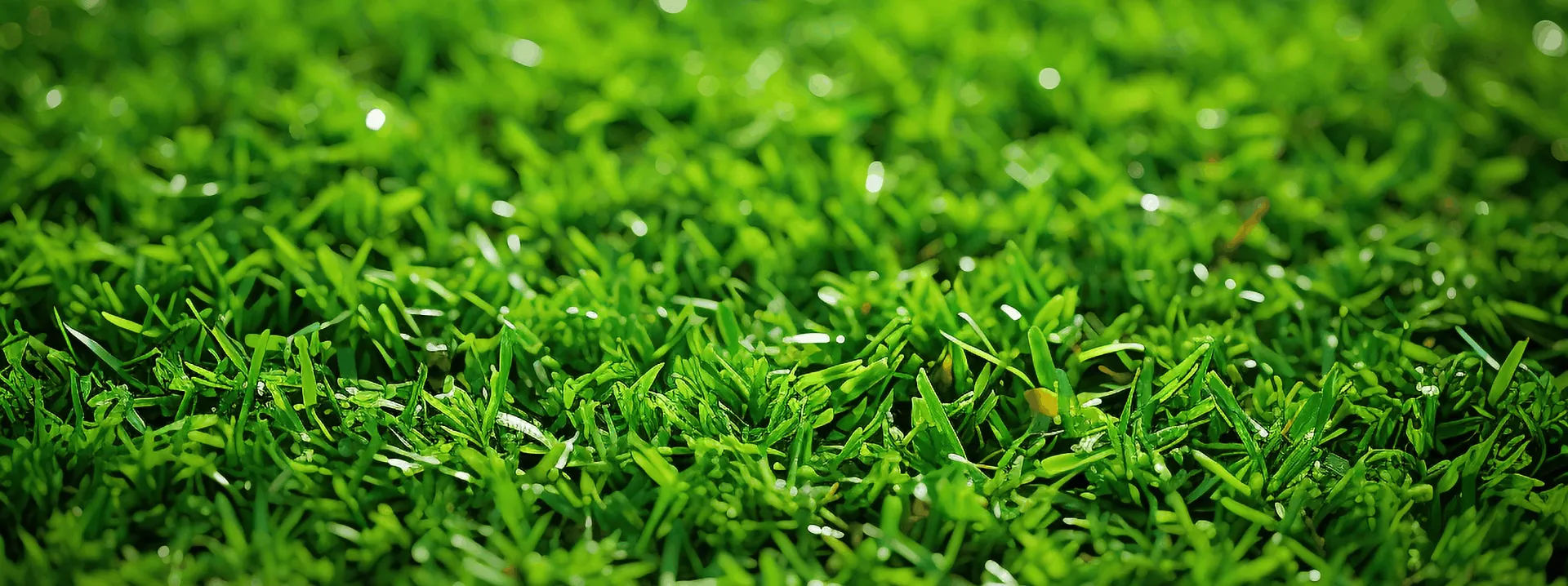
- Afrikaans
- Arabic
- Belarusian
- Bengali
- Czech
- Danish
- Dutch
- English
- Esperanto
- Estonian
- Finnish
- French
- German
- Greek
- Hindi
- Hungarian
- Icelandic
- Indonesian
- irish
- Italian
- Japanese
- kazakh
- Rwandese
- Korean
- Kyrgyz
- Lao
- Latin
- Latvian
- Malay
- Mongolian
- Myanmar
- Norwegian
- Persian
- Polish
- Portuguese
- Romanian
- Russian
- Serbian
- Spanish
- Swedish
- Tagalog
- Tajik
- Thai
- Turkish
- Turkmen
- Ukrainian
- Urdu
- Uighur
- Uzbek
- Vietnamese
synthetic turf for playground
Dec . 10, 2024 16:13 Back to list
Synthetic Turf for Playgrounds A Safe and Sustainable Choice
In recent years, the popularity of synthetic turf for playgrounds has surged, becoming a preferred option for many educational institutions, municipalities, and residential areas. This shift primarily stems from the numerous benefits that synthetic turf offers over traditional grass. As concerns regarding safety, maintenance, and environmental impact grow, synthetic turf has emerged as a viable solution for creating vibrant and safe play environments for children.
Safety Considerations
One of the foremost advantages of synthetic turf is its safety features. Traditional grass can become muddy and slippery, leading to slips and falls. In contrast, synthetic turf is designed to provide a consistent and even surface, significantly reducing the risk of injuries. Many synthetic turf products are equipped with shock-absorbing infill materials, which can cushion falls and minimize the impact, making it a safer choice for playgrounds. Furthermore, synthetic turf eliminates the hazards associated with natural grass, such as thorns, insects, and even rocks, ensuring a safer environment for children to play.
Low Maintenance Requirements
Another compelling reason many institutions opt for synthetic turf is the significantly reduced maintenance required compared to natural grass. Traditional playgrounds demand regular mowing, watering, fertilizing, and pest control. This not only requires a considerable amount of time and resources but also poses challenges in terms of cost and environmental impact. In stark contrast, synthetic turf requires minimal upkeep. Routine maintenance typically involves simple tasks such as brushing and occasional washing to remove debris, which makes it a cost-effective long-term solution. Additionally, without the need for pesticides and fertilizers, synthetic turf contributes to lower environmental pollution levels.
Durability and Longevity
Synthetic turf is engineered for durability and longevity, making it an ideal choice for high-traffic areas such as playgrounds. Unlike natural grass, which can become patchy and bare with frequent use, synthetic turf maintains its appearance and functionality even under heavy foot traffic. With proper installation and care, synthetic turf can last anywhere from 10 to 15 years or more, providing a long-term solution that justifies the initial investment.
synthetic turf for playground

Environmental Impact
The environmental benefits of synthetic turf are varied and significant. Notably, synthetic turf can contribute to water conservation efforts. In regions where water scarcity is a pressing concern, replacing natural grass with synthetic alternatives can lead to a substantial decrease in water usage. Additionally, synthetic turf does not require chemicals for maintenance, thereby reducing the likelihood of soil and water contamination.
However, it is essential to acknowledge the debates surrounding the environmental implications of synthetic turf, particularly concerning its materials and end-of-life disposal. Many manufacturers are now focusing on producing eco-friendly options, utilizing recycled materials and adopting sustainable practices to minimize the environmental footprint of synthetic turf.
Aesthetic Appeal
Another aspect that cannot be overlooked is the aesthetic charm of synthetic turf. Its vibrant green color and lush appearance offer a visually appealing alternative to traditional playground surfaces. This not only enhances the overall sensory experience for children but also fosters a welcoming environment for play. Synthetic turf can be designed in various patterns and colors, allowing for creative and stimulating playground designs that can mimic natural landscapes.
Conclusion
In conclusion, synthetic turf is revolutionizing the landscape of playground design, offering significant advantages in terms of safety, maintenance, durability, and aesthetic appeal. As more communities recognize the need for safe, sustainable, and low-maintenance play environments, the adoption of synthetic turf is likely to continue growing. While it is essential to carefully consider the environmental implications, advancements in manufacturing and recycling are paving the way for a more sustainable future in playground design. With proper consideration and implementation, synthetic turf can undoubtedly transform playgrounds into vibrant and safe havens for children to explore, play, and grow.
-
The Benefits of Artificial Turf for Indoors
NewsJul.15,2025
-
How Artificial Grass Suppliers Ensure Quality Products
NewsJul.15,2025
-
Artificial Grass and Pets: A Space for Relaxation
NewsJul.08,2025
-
Balcony & Outdoor Decoration with Artificial Grass
NewsJul.08,2025
-
Best Indoor Artificial Grass for Home
NewsJul.07,2025
-
Best Pet Turf for Dogs: Safe & Durable Artificial Grass Options
NewsJul.07,2025
Products categories









